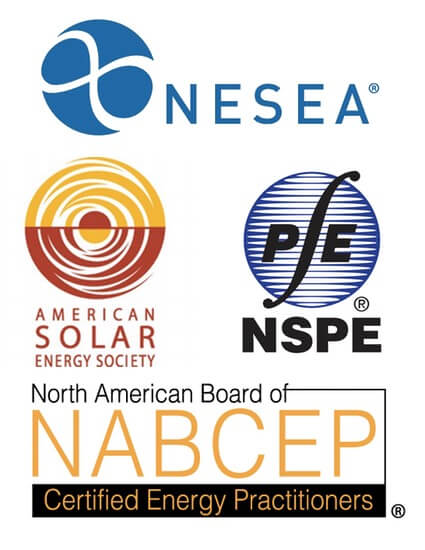Environmental agencies are serious about curbing air pollution from industrial sources. And so are we! We help our industrial source customers demonstrate air emissions compliance, so they can maintain their operating permits and focus on what they do best.
Our air quality business unit has seen a range of unique challenges.
.jpeg?width=600&name=CU-3%20(1).jpeg) |
| Using a digital differential pressure gauge and hand-held anemometer to confirm that an enclosure conforms to USEPA Method 204 requirements. |
Pressure from Environmental Agencies
Recently we’ve observed an increase in pressure from the EPA and other environmental agencies to push facilities to correct their pollution issues. Not doing so can lead to serious fines, and in some extreme cases prison sentences.
To prevent pollution and protect the environment, the EPA regularly reaches out to facilities on a sector-by-sector basis. Automotive, construction, electric utilities, oil and gas, transportation and warehousing are listed as their current top focuses. Most of these business sectors are affected by a number of major environmental statutes and regulations (source).
Today we’ll discuss our first hand experience partnering with a local facility within one of these sectors, and how we helped them stay out in front of these challenges.
Six Year Air Emissions Testing Partnership
In 2012, the EPA performed an in depth inspection of a business sector twice removed from us - that is they were inspecting a client of one of our clients. They couldn’t balance that first business’s input with their air emissions output.
From a mass balance standpoint, there was significantly less being emitted than there was being taken in. Which meant that some of the material going through their process was leaving the site, but not via air emissions. That’s when we were asked to get involved.
.jpg?width=600&height=450&name=IMG_2321%20(1).jpg) |
| Long-term volatile organic compound (VOC) monitoring to determine the effectiveness of proprietary capture/control designs |
Basically, our customer was taking some of the missing input off site, through their service. We were actually referred to this client through one of our analytical laboratory suppliers. When the environmental agencies began to ask questions, our client hired us as their air quality consulting partner. We teamed up with our customer's in-house staff and legal council to tackle their concerns.
For over six years, we’ve been building a healthy ongoing relationship with this successful New England based industrial customer. This was a particularly demanding case because they were facing the challenge of growing quickly through acquisition and business expansion which is why they relied on our expert advice to grow sustainably.
Solution and Client Recommendations
After identifying our customer’s issues, we held multiple rounds of diagnostic and compliance air pollution testing via the USEPA Method 204 (enclosure analysis) and stack testing. It was important to test various throughput conditions to accurately assess outcomes.
Once the potential-to-emit was understood, we engineered an air pollution capture and control system (APC). Now that the APC is about to be procured, a six to nine month construction phase will take place.
%20(1).jpeg?width=496&height=480&name=Air%20Quality%205%20-%20New%20Bedford%2c%20MA%20(1)%20(1).jpeg) |
| Preparing to measure mass emissions via this custom fabricated manifold; on the interior of the building were multiple fans and flexible ducting routed to various parts of the total enclosure. |
Final Compliance Stages
As we enter the final stage of our client’s compliance agreement there will be a demonstration review period which includes, testing, calculations, record keeping, and implementing of best practices. Many of the standard operating procedures are part of a project plan that we originally helped develop.
The goal of helping our customer achieve and demonstrate compliance with their operating permits has been ongoing for almost six years. We are now engaging with them regularly on their air quality concerns and more recently their wastewater treatment challenges. Their success has become our success!






